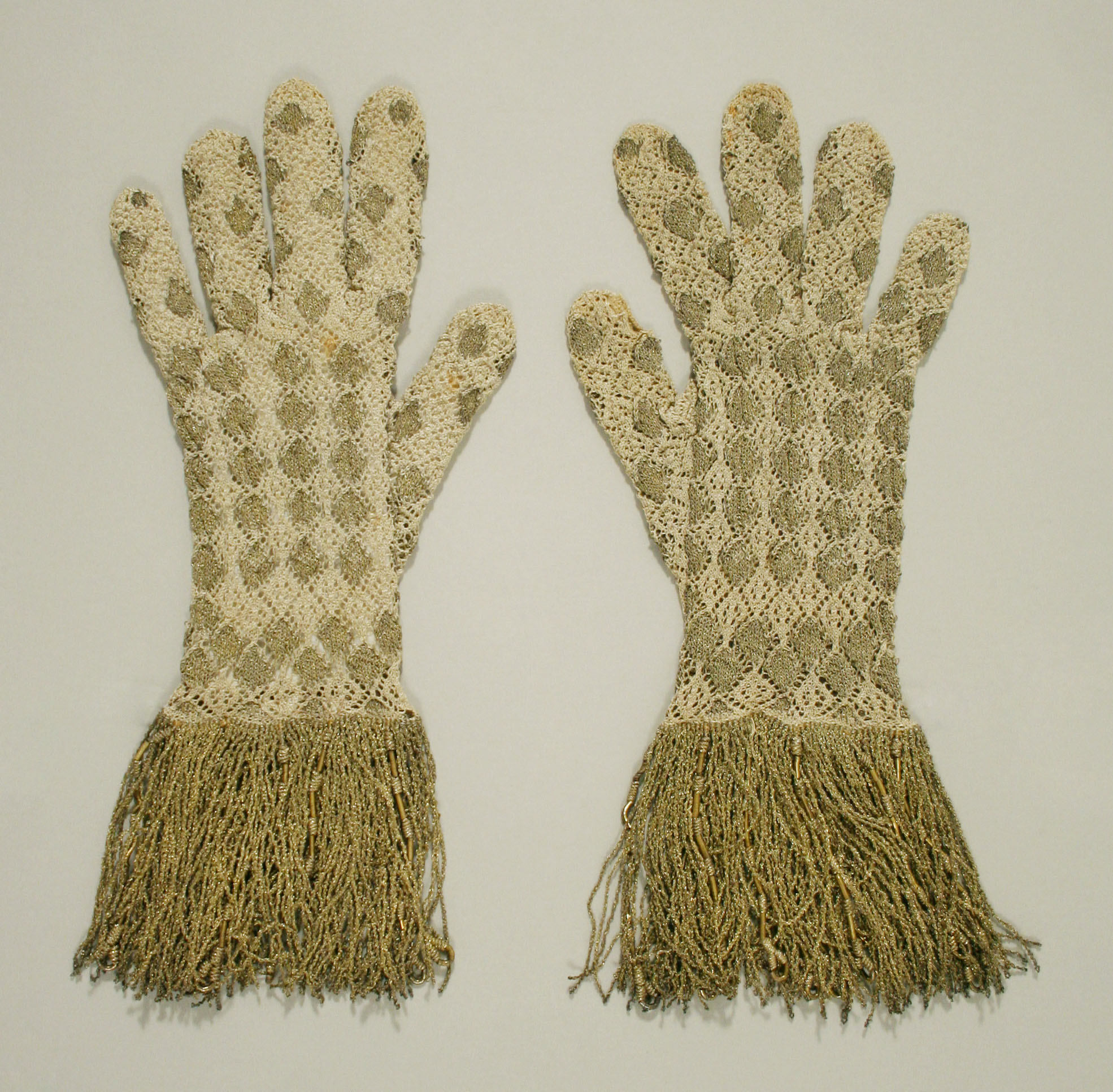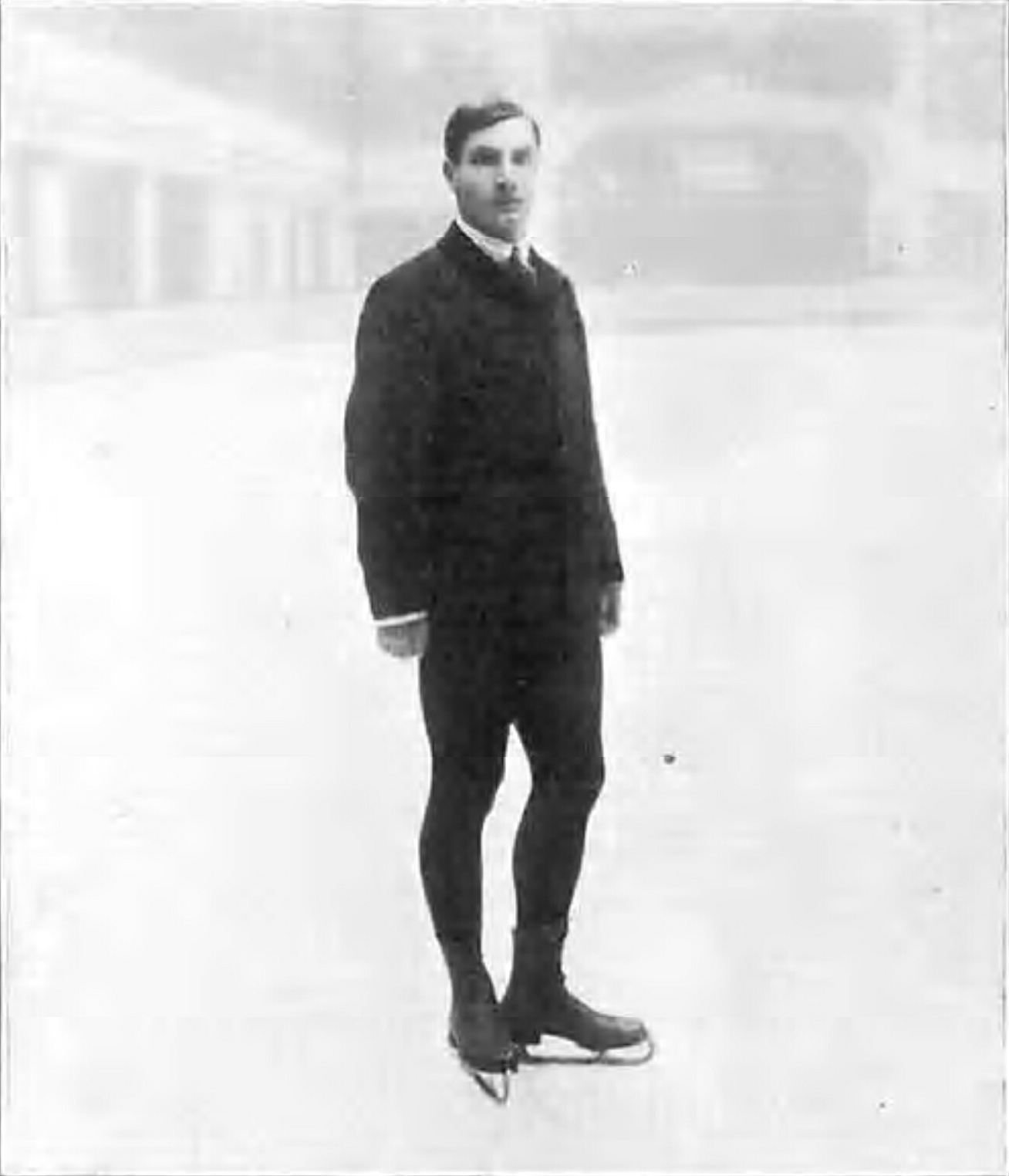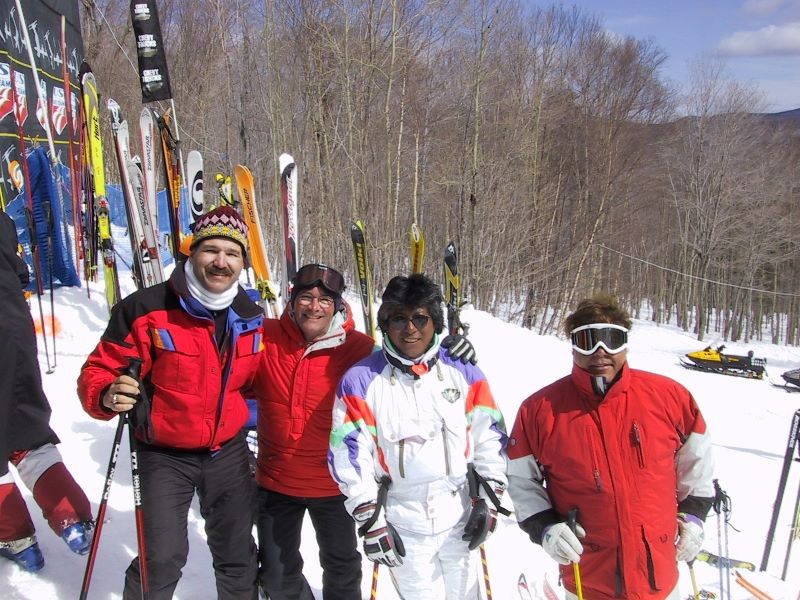|
Saint-Pierre-d'Entremont, Savoie
Saint-Pierre-d'Entremont () is a commune in the Savoie department in the Auvergne-Rhône-Alpes region in south-eastern France. Geography Located on the north bank of the Guiers Vif, Saint-Pierre d'Entremont in Savoie is a mountain township. Its highest point is over 1,800 meters above sea level. The village lies in the bottom of the valley (650 meters), adjacent to the Saint-Pierre-d'Entremont in Isère. Neighboring townships Neighboring communes of Saint-Pierre d'Entremont in Savoie are Saint-Pierre-d'Entremont in Isère, Corbel, Entremont-le-Vieux, Sainte-Marie-du-Mont, Chapareillan. Toponymy "''Savoyard''" part of Saint-Pierre d'Entremont, the town takes its name from the high count of Savoie's castle. History In the 19th century, we present the village as poor and isolated, but in the late 19th century, there was a considerable growth of the industry (including gloves industry). In the 20th century, the tourism of the town is at its peak. A new castle was built b ... [...More Info...] [...Related Items...] OR: [Wikipedia] [Google] [Baidu] |
Communes Of France
A () is a level of administrative divisions of France, administrative division in the France, French Republic. French are analogous to civil townships and incorporated municipality, municipalities in Canada and the United States; ' in Germany; ' in Italy; ' in Spain; or civil parishes in the United Kingdom. are based on historical geographic communities or villages and are vested with significant powers to manage the populations and land of the geographic area covered. The are the fourth-level administrative divisions of France. vary widely in size and area, from large sprawling cities with millions of inhabitants like Paris, to small hamlet (place), hamlets with only a handful of inhabitants. typically are based on pre-existing villages and facilitate local governance. All have names, but not all named geographic areas or groups of people residing together are ( or ), the difference residing in the lack of administrative powers. Except for the Municipal arrondissem ... [...More Info...] [...Related Items...] OR: [Wikipedia] [Google] [Baidu] |
Gloves
A glove is a garment covering the hand, with separate sheaths or openings for each finger including the thumb. Gloves protect and comfort hands against cold or heat, damage by friction, abrasion or chemicals, and disease; or in turn to provide a guard for what a bare hand should not touch. Gloves are made of materials including cloth, knitted or felted wool, leather, rubber, latex, neoprene, silk, and (in mail) metal. Gloves of kevlar protect the wearer from cuts. Gloves and gauntlets are integral components of pressure suits and spacesuits. Latex, nitrile rubber or vinyl disposable gloves are often worn by health care professionals as hygiene and contamination protection measures. Police officers often wear them to work in crime scenes to prevent destroying evidence in the scene. Many criminals wear gloves to avoid leaving fingerprints, which makes the crime investigation more difficult. However, the gloves themselves can leave prints that are just as unique as human fingerpri ... [...More Info...] [...Related Items...] OR: [Wikipedia] [Google] [Baidu] |
Neolithic
The Neolithic or New Stone Age (from Ancient Greek, Greek 'new' and 'stone') is an archaeological period, the final division of the Stone Age in Mesopotamia, Asia, Europe and Africa (c. 10,000 BCE to c. 2,000 BCE). It saw the Neolithic Revolution, a wide-ranging set of developments that appear to have arisen independently in several parts of the world. This "Neolithic package" included the History of agriculture, introduction of farming, domestication of animals, and change from a hunter-gatherer lifestyle to one of sedentism, settlement. The term 'Neolithic' was coined by John Lubbock, 1st Baron Avebury, Sir John Lubbock in 1865 as a refinement of the three-age system. The Neolithic began about 12,000 years ago, when farming appeared in the Epipalaeolithic Near East and Mesopotamia, and later in other parts of the world. It lasted in the Near East until the transitional period of the Chalcolithic (Copper Age) from about 6,500 years ago (4500 BCE), marked by the development ... [...More Info...] [...Related Items...] OR: [Wikipedia] [Google] [Baidu] |
Dauphiné
The Dauphiné ( , , ; or ; or ), formerly known in English as Dauphiny, is a former province in southeastern France, whose area roughly corresponded to that of the present departments of Isère, Drôme and Hautes-Alpes. The Dauphiné was originally the Dauphiné of Viennois. In the 12th century, the local ruler Count Guigues IV of Albon (–1142) bore a dolphin on his coat of arms and was nicknamed (French for 'dolphin'). His descendants changed their title from Count of Albon to Dauphin of Viennois. The state took the name of Dauphiné. It became a state of the Holy Roman Empire in the 11th century. In 1349, the Dauphiné was transferred from the last non-royal Dauphin (who had great debts and no direct heir) to the future king of France, Charles V, through the purchase of lands. The terms of the transfer stipulated that the heir apparent of France would henceforth be called and included significant autonomy and tax exemption for the Dauphiné region, most of which ... [...More Info...] [...Related Items...] OR: [Wikipedia] [Google] [Baidu] |
Guiers
The Guiers () is a river in the Isère and Savoie departments of eastern France. It is long. It rises in the Chartreuse Mountains The Chartreuse Mountains ( ) are a mountain range in southeastern France, stretching from the city of Grenoble in the south to the Lac du Bourget in the north. They are part of the French Prealps, which continue as the Bauges to the north and .... The part upstream from the confluence with the Guiers Vif (literally ''Live Guiers'') is also called ''Guiers Mort'' (literally ''Dead Guiers''). References Rivers of France Rivers of Auvergne-Rhône-Alpes Rivers of Savoie Rivers of Isère {{Isère-geo-stub ... [...More Info...] [...Related Items...] OR: [Wikipedia] [Google] [Baidu] |
Tour De France
The Tour de France () is an annual men's multiple-stage cycle sport, bicycle race held primarily in France. It is the oldest and most prestigious of the three Grand Tour (cycling), Grand Tours, which include the Giro d'Italia and the Vuelta a España. The race was first organized in 1903 Tour de France, 1903 to increase sales for the newspaper ''L'Auto'' (which was an ancestor of ''L'Équipe'') and has been held annually since, except when it was not held from 1915 to 1918 and 1940 to 1946 due to the two World war, World Wars. As the Tour gained prominence and popularity, the race was lengthened and gained more international participation. The Tour is a UCI World Tour event, which means that the teams that compete in the race are mostly UCI WorldTeams, with the exception of the teams that the organizers invite. Traditionally, the bulk of the race is held in July. While the route changes each year, the format of the race stays the same and includes time trials, passage through ... [...More Info...] [...Related Items...] OR: [Wikipedia] [Google] [Baidu] |
Albertville
Albertville (; Franco-Provençal, Arpitan: ''Arbèrtvile'') is a Subprefectures in France, subprefecture of the Savoie Departments of France, department in the Auvergne-Rhône-Alpes Regions of France, region in Southeastern France. It is best known for hosting the 1992 Winter Olympics and 1992 Winter Paralympics, Paralympics. In 2018, the Communes of France, commune had a population of 19,214; its Urban unit, urban area had 39,780 inhabitants. Geography Albertville is one of two Subprefectures in France, subprefectures of the Savoie department, alongside Saint-Jean-de-Maurienne. Albertville is situated on the river Arly, close to the confluence with the river Isère (river), Isère. Its altitude ranges from . Nearby mountains include: Belle Étoile, Dent de Cons, Négresse, Roche Pourrie, Mirantin, Pointe de la Grande Journée, Chaîne du Grand Arc. Nearby mountain ranges include the Bauges, the Beaufortain and the beginning of the Vanoise massif, Vanoise. History The modern ... [...More Info...] [...Related Items...] OR: [Wikipedia] [Google] [Baidu] |
Olympic Winter Games
The Winter Olympic Games (), also known as the Winter Olympics, is a major international multi-sport event held once every four years for sports practiced on snow and ice. The first Winter Olympic Games, the 1924 Winter Olympics, were held in Chamonix, France. The modern Olympic Games were inspired by the ancient Olympic Games, which were held in Olympia, Greece, from 776 BCE to 394 CE. The Baron Pierre de Coubertin of France founded the International Olympic Committee (IOC) 1,500 years later in 1894, leading to the first modern Summer Olympic Games in Athens, Greece in 1896. The IOC is the governing body of the Olympic Movement, with the Olympic Charter defining its structure and authority. The original five Winter Olympic Sports (consisting of nine disciplines) were bobsleigh, curling, ice hockey, Nordic skiing (consisting of the disciplines military patrol, cross-country skiing, Nordic combined, and ski jumping), and skating (consisting of the disciplines figure skati ... [...More Info...] [...Related Items...] OR: [Wikipedia] [Google] [Baidu] |
Freestyle Skiing
Freestyle skiing is a skiing discipline comprising aerials, Mogul Skiing, moguls, Ski Cross, cross, Half-pipe skiing, half-pipe, slopestyle and big air as part of the Freestyle skiing at the Winter Olympics, Winter Olympics. It can consist of a skier performing aerial flips and spins and can include skiers sliding rails and boxes on their skis. Known as "hot-dogging" in the early 1970s, it is also commonly referred to as freeskiing, jibbing, as well as many other names, around the world. History Ski acrobatics have been exhibited since 1906. Aerial skiing was popularized by John Rudd at the 1908 U.S. National Ski Jumping Championships, National Championship Ski Jumping Tournament in Duluth, Minnesota, in the 1930s by Olle Rimfors, and again in the 1950s by Olympic gold medalist Stein Eriksen. Early US competitions were held in the mid-1960s. In 1969, Waterville Valley Ski Area in New Hampshire, formed the first freestyle instruction program, making the resort the birthplace o ... [...More Info...] [...Related Items...] OR: [Wikipedia] [Google] [Baidu] |
Villa Brea
A villa is a type of house that was originally an ancient Roman upper class country house that provided an escape from urban life. Since its origins in the Roman villa, the idea and function of a villa have evolved considerably. After the fall of the Roman Republic, villas became small farming compounds, which were increasingly fortified in Late Antiquity, sometimes transferred to the Church for reuse as a monastery. They gradually re-evolved through the Middle Ages into elegant upper-class country homes. In the early modern period, any comfortable detached house with a garden near a city or town was likely to be described as a villa; most surviving villas have now been engulfed by suburbia. In modern parlance, "villa" can refer to various types and sizes of residences, ranging from the suburban semi-detached double villa to, in some countries, especially around the Mediterranean, residences of above average size in the countryside. Roman Roman villas included: * the ''vil ... [...More Info...] [...Related Items...] OR: [Wikipedia] [Google] [Baidu] |
Santa Rosa, La Pampa
Santa Rosa () is a city in the Argentine Pampas (lowlands), and the capital of La Pampa Province, Argentina. It lies on the east of the province, on the shore of the Don Tomás Lagoon, at the intersection of National Routes National Route 5 and National Route 35. The city (94,340) and its surroundings hold 102,610 inhabitants (),Census-ar 2.010 hold 124.101 inhabitants the capital y Toay around a third of the population of the province. Its current mayor is Luciano di Nápoli. Founded in 1892 by Tomás Mason, Santa Rosa did not develop into a relatively important agricultural centre until the second half of the 20th century. It is still one of the smallest provincial capitals of the country after Patagonian Rawson, Ushuaia and Viedma. City sights include the Fitte neighbourhood (1930), the monument to San Martín, the Palace of Justice, the Teatro Español Theatre (1908), the Provincial Art Museum (with paintings by Raúl Soldi, Antonio Berni, Quinquela Martín and other i ... [...More Info...] [...Related Items...] OR: [Wikipedia] [Google] [Baidu] |
Montevideo
Montevideo (, ; ) is the capital city, capital and List of cities in Uruguay, largest city of Uruguay. According to the 2023 census, the city proper has a population of 1,302,954 (about 37.2% of the country's total population) in an area of . Montevideo is situated on the southern coast of the country, on the northeastern bank of the Río de la Plata. A Portuguese garrison was established in the place where today is the city of Montevideo in November 1723. The Portuguese garrison was expelled in February 1724 by a Spanish soldier, Bruno Mauricio de Zabala, as a strategic move amidst the Spanish people, Spanish-Portuguese people, Portuguese dispute over the Río de la Plata Basin, platine region. There is no official document establishing the foundation of the city, but the "Diario" of Bruno Mauricio de Zabala officially mentions the date of 24 December 1726 as the foundation, corroborated by presential witnesses. The complete independence from Buenos Aires as a real city was not ... [...More Info...] [...Related Items...] OR: [Wikipedia] [Google] [Baidu] |






